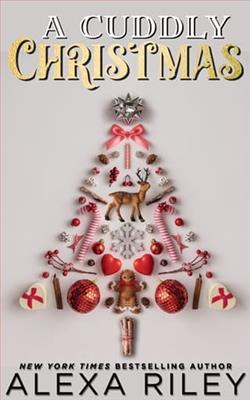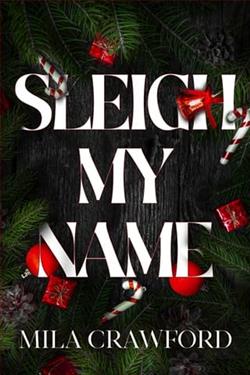Page 51 of Forging Caine
“Problem?”
“The cut is exact, which allowed me to see slivers of other colors under the top layer that didn’t seem right to me. I hope you don’t mind, but I did some additional tests to get a closer look at it, including some infrared photos.”
“Ah ha!” Fiori’s voice grew excited. “That pride in your work, the intellectual curiosity—this is why your family is so well-known. I knew sending her to you was the right choice.”
His reaction didn’t match my expectations.
Samantha tapped the line I’d written about it being part of the test.
“I’m dreadfully curious about what you found.”
I pulled the infrared photo closer to myself. “Original sketches underneath. Very loose. Shapes and outlines only.”
“Fascinating. Is this something you could send to me? It would be a wonderful addition to my provenance library.”
“Honestly, Pasquale, I don’t think it would be.” I paused for effect, still working to take control of the conversation. “The sketches were for a different painting.”
Fiori gasped. “What does that mean?”
Samantha’s face grew hard and she wrote,Such a liar.
Was there any chance he was being honest and didn’t know? My family was one of the best in the business, so it made sense to call us. Could Samantha and I be leaping to wild conclusions about this? I trusted my uncle and cousin when they said Fiori was in the smuggling trade, because they used to work with him. But what if this single piece was part of a legal collection?
However, the way he spoke to Samantha meant I wouldn’t give him the benefit of the doubt.
“You see,” I said. “It’s not out of the realm of possibility for an artist to sketch one piece and then paint something different. Or even to paint one thing and then repaint over it. In fact, this sort of thing is fairly common.”
“Yes,” he mused. “I heard about a Van Gogh recently, where they discovered one of his self-portraits on the reverse of another painting.”
“You showed me that news report.” Samantha’s voice held a tone of innocence, rather than her normal sharpness. This was her own test for Fiori, continuing the ruse she’d presented at the restaurant. “Didn’t they say it’s one of his earliest self-portraits?”
“Sì, bella, I’m surprised you remember that.”
Fiori made a noise, perhaps a doubting laugh—either that or I was coloring his response with my own suspicions. “If it’s so common, why do you need to tell me about it?”
I said, “I researched the painting and discovered it was created around 1668, by Ter Borch, as you mentioned. However, the sketch underneath is for a painting done roughly four years prior to that.”
“What are you saying?” The accusation was thick in his voice. Not that he had done anything wrong, but that I had. So much for admiring my curiosity.
With a tremendous smile, Samantha drew a checkmark on the page.
“Mi dispiace, signore, but it’s not just that. We spoke with—”
Samantha nudged my arm and pointed her pencil at me.
“Ispoke with a friend at the Getty Museum in LA, who insists they have the original, along with all the provenance and paperwork.”
He was slow to respond, but eventually did, with no malice or ill-intent. Unexpected. “What do we do now, then?”
“It’s up to you, Pasquale. I can continue the repair and you can hang it on your wall to admire for the beautiful piece it is. But you’ll also know it’s not the authentic Ter Borch.”
“That sounds rather deceptive, you think?” he said.
No kidding. “Or I can simply return it to you.”
“Or we can report it to the authorities.” Samantha waved her hand over my sheet of paper before I could ask what she was thinking. “Maybe they can help get your money back from the dealer who sold it to you?”
Stop, I wrote.















